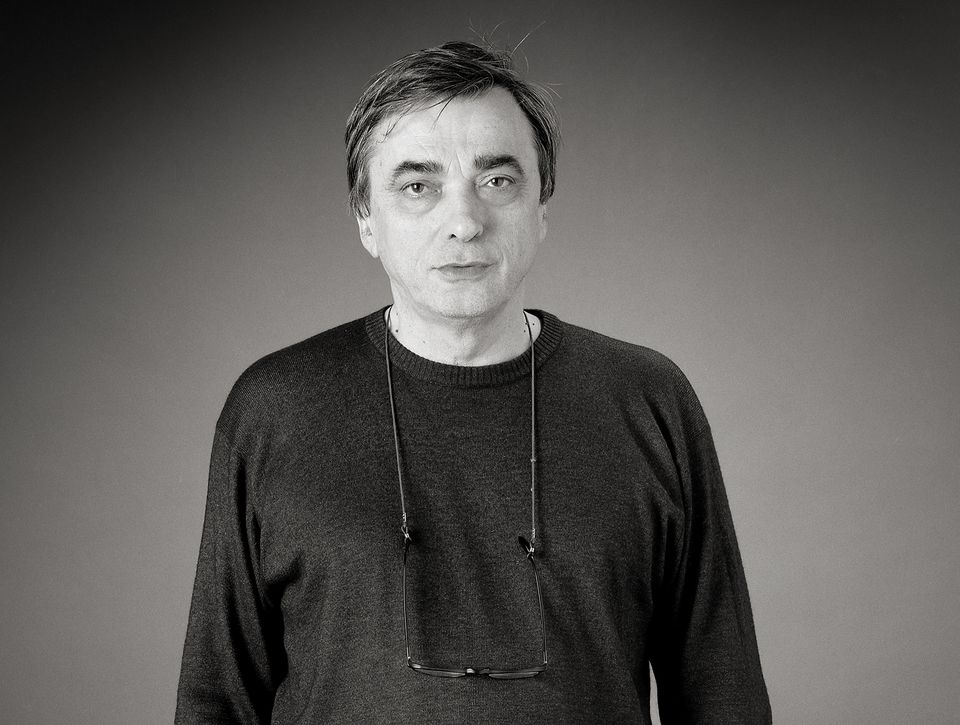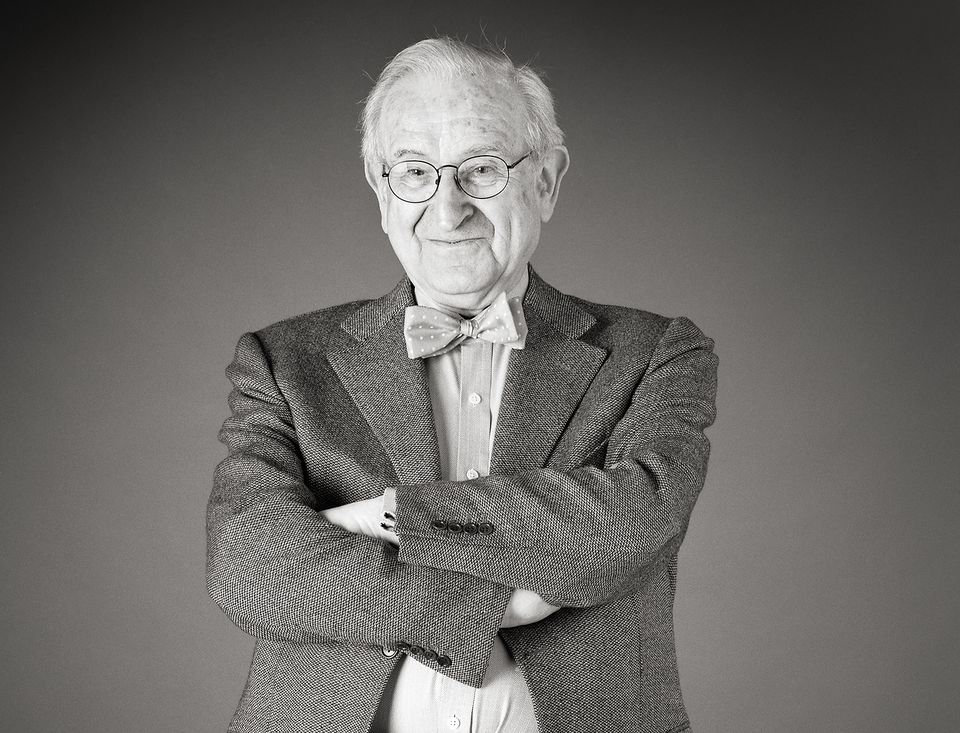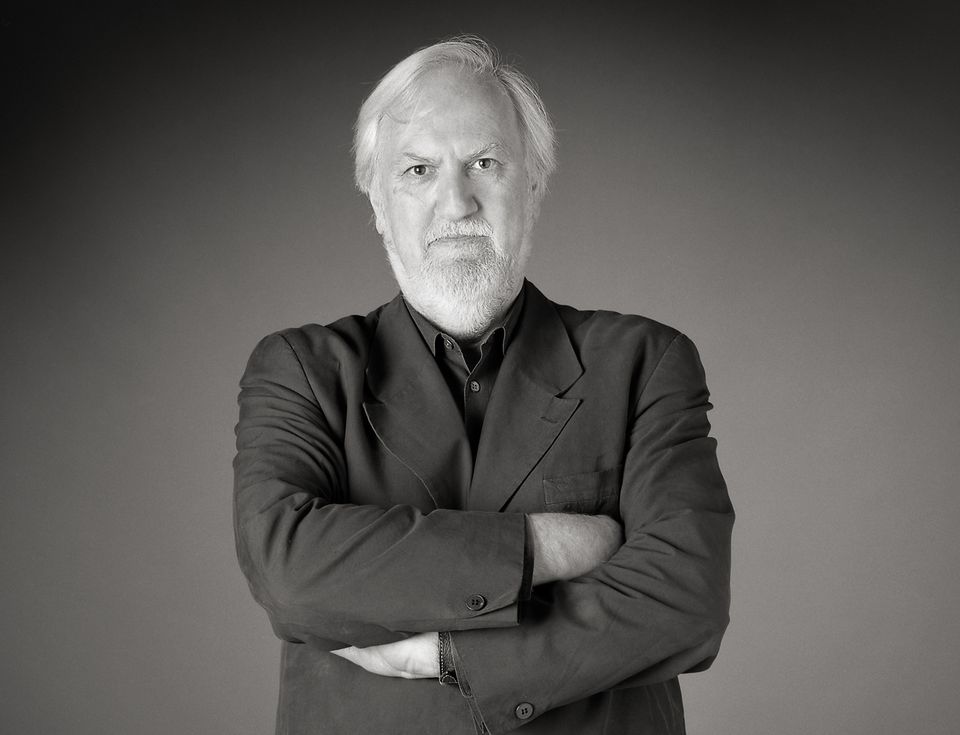The fate of Plato’s polis, or ideal city, has haunted almost every attempt to envisage utopian societies and their proper environments, from his death until the present. I have always been fascinated by the way architects seem impelled to create a model of an ideal city that at one didactically informs, frames, and contextualises their work at every scale. Urban models conceived of as ideal since the Renaissance, have come under heavy fire in the second half of the twentieth century, as examples of the architect’s hubris, as representing an unwanted imposition on the existing city and on society. However, despite their critical attitude toward the effects of ideal modernism, new urbanism and pastiche postmodernism are equally prey to false nostalgia and open to the vagaries of developer kitsch.
In tackling the question of Plato, I wish to open up once more the question of a necessary utopia out of the conviction that the present state of urban thought demands more than scepticism toward grand schemes, more than what is being called a post-critical attitude that seems to be no less than accommodation of the constraints of the real, and more than impossible nostalgia for a cosy past that never existed and that is little else than reinforced class, ethnic, and economic divisions.





